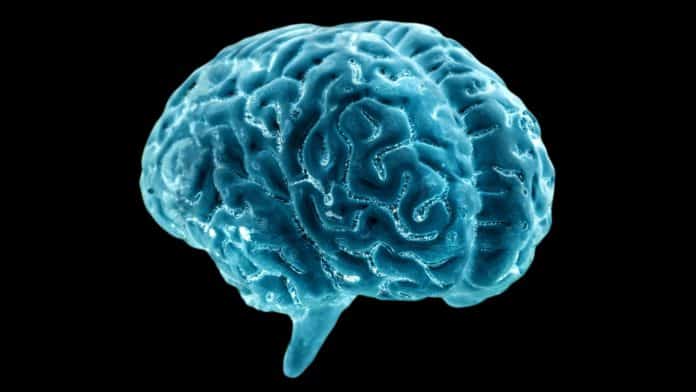Human brain size nearly quadrupled in the six million years since Homo last shared a common ancestor with chimpanzees, but human brains are thought to have decreased in volume since the end of the last Ice Age. The timing and reason for this decrease is enigmatic.
A new study by the University of Nevada, Las Vegas– refutes this hypothesis and found that human brain size has not changed in 30,000 years, probably not in 300,000 years. They did not find any reduction in brain size in modern humans over any time period since the origins of our species.
A group of scientists made headlines last year when they concluded that the human brain shrank around 3,000 years ago during the transition to modern urban societies. They said- our ancestors’ ability to store information externally in social groups decreased our need to maintain large brains. Based on a comparison to evolutionary patterns evident in ant colonies, their hypothesis investigated decades-old theories on the evolutionary decline of present human brain size.
UNLV anthropologist Brian Villmoare and Liverpool John Moores University scientist Mark Grabowski said, “Not so fast.”
In this study, scientists analyzed the dataset used by the research group from last year’s study and dismissed their findings.
Villmoare said, “We were struck by the implications of a substantial reduction in modern human brain size at roughly 3,000 years ago, during an era of many important innovations and historical events — the appearance of Egypt’s the New Kingdom, the development of Chinese script, the Trojan War, and the emergence of the Olmec civilization, among many others.”
Scientists used change-point analysis to estimate the timing of changes in the rate of hominin brain evolution. They found that hominin brains experienced positive rate changes at 2.1 and 1.5 million years ago, coincident with the early evolution of Homo and technological innovations evident in the archeological record.
They also found that human brain size reduction was surprisingly recent, occurring in the last 3,000 years.
Villmoare said, “Our dating does not support hypotheses concerning brain size reduction as a by-product of body size reduction, a result of a shift to an agricultural diet, or a consequence of self-domestication. We suggest our analysis supports the hypothesis that the recent decrease in brain size may instead result from the externalization of knowledge and advantages of group-level decision-making due in part to the advent of social systems of distributed cognition and the storage and sharing of information.”
Key points:
- Scientists say that the rise of agriculture and complex societies occurred at different times around the globe. That means there should be variation in the timing of skull changes seen in different populations. However, the past study’s dataset sampled only 23 crania from the timeframe critical to the brain shrinkage hypothesis and lumped together specimens from locations including England, China, Mali, and Algeria.
- The dataset is heavily skewed because more than half of the 987 skulls examined represent only the last 100 years of a 9.8-million-year span of time — and therefore don’t give scientists a good idea of how much cranial size has changed over time.
- Multiple hypotheses on causes of reduction in modern human brain size need to be reassessed if human brains haven’t changed in size since the arrival of our species.
Journal Reference:
- Brain Villmoare and Mark Grabowski. Did the transition to complex societies in the Holocene drive a reduction in brain size? A reassessment of the DeSilva et al. (2021) hypothesis. Front. Ecol. Evol., 29 July 2022 Sec. Social Evolution. DOI: 10.3389/fevo.2022.963568
